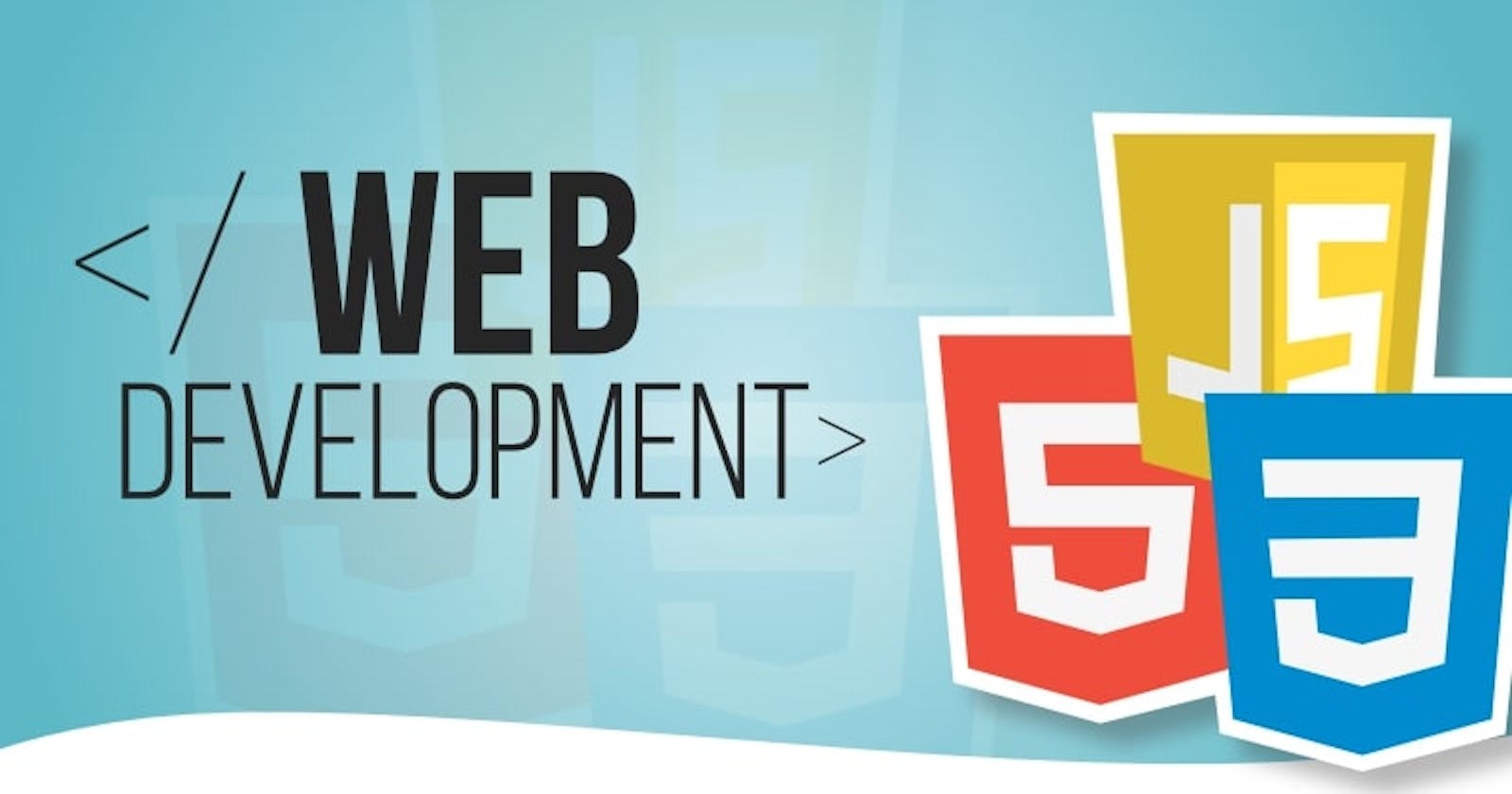Table of Contents
Introduction
Building a Full-Stack Website can seem like a daunting task, but with the right approach, it can be a fun and rewarding experience. In this blog post, we’ll cover the steps involved in making a full stack website, from front-end design to back-end development and deployment.
Start Building the Full-Stack App
Step 1: Plan your Website
Before you begin coding your Full-Stack Website, it’s important to plan out your website’s architecture and features. Start by brainstorming what you want your website to do and what pages you will need. Sketch out a sitemap and wireframes to help you visualize the layout and flow of your website.
Step 2: Choose a front-end technology
The front-end of a website is what users see and interact with. Popular front-end technologies include HTML, CSS, and JavaScript. You may also want to use a front-end framework such as React, Angular, or Vue to help you build your user interface.
For this tutorial we will use the React Framework because it is the most popular and has a lot of libaries we can use later on.
To create a react app we have to run this command:
npx create-react-app my-app
Step 3: Build the front-end
Once you’ve chosen your front-end technology, it’s time to start building your user interface. Start with a simple design and layout and add functionality as you go. Make sure your website is responsive and mobile-friendly.
If you are not that familiar with html and css you can also check out some free templates on website like:
https://www.tailwindawesome.com/?price=free&type=template
Especially css frameworks like Tailwind or Bootstrap can make building the frontend easier.
Step 4: Choose a back-end technology
The back-end of a website is responsible for managing data and processing requests. Popular back-end technologies include Node.js, Ruby on Rails, and Python. You may also want to use a back-end framework such as Express, Flask, or Django.
Step 5: Build the back-end
Once you’ve chosen your back-end technology, it’s time to start building your server-side logic. This includes creating a database, designing APIs, and writing server-side code. Make sure your back-end is secure and scalable.
We as the ForgetPasses developers prefere NodeJs as our backend because it is very easy to learn and has also a lot of libaries which the developers can use.
The code of a NodeJs backend would look something like this:
var express = require('express');
var app = express();
app.get('/', function (req, res) {
res.send('Hello World!');
});
app.listen(3000, function () {
console.log('Example app listening on port 3000!');
});
But if you want to learn more about NodeJs you can read our extra blog entry about the first “Hello World” in NodeJs right here.
Step 6: Connect the front-end and back-end
To create a full stack website, you’ll need to connect your front-end and back-end. This is typically done using APIs, which allow your front-end to communicate with your back-end. You may also want to use a tool like Axios or jQuery to make API requests.

Step 7: Deploy your Full-Stack Website
Once you’ve built your Full-Stack website, it’s time to deploy it to the internet. You can deploy your website on a variety of platforms, including Amazon Web Services, Google Cloud, or Heroku. Make sure your website is secure and optimized for performance.
If you are more interested in coding websites and full-stack web apps then check out our official blog here:
